| Weight | 0.65 kg |
|---|---|
| Dimensions | 125 × 125 × 365 mm |
Professional Rain Gauge
Your Professional Rain Gauge measures rainfall in millimetres over a set period, usually 24 hours. The outer housing collects excess rain up to 250mm in total until measured separately in the tube. When the measuring tube is full, additional rain overflows into the outer cylinder. Pour the rainwater from the outer cylinder into the measuring tube, and you read the amount of rain you have received. Get accurate readings from the 1mm increments measurements. Supplied with stainless steel screws and rainfall chart. Made from UV-stabilised materials. The top of the gauge or funnel has a larger surface area than the top of the measuring cylinder.
- Catches up to 250mm of rainfall
- Easy to read 1mm increments
- Large funnel for improved rainfall catchment
- Outer cylinder catches rainwater overflow
Available at Bunnings
Installation
Attach the rain gauge to a post in a safe location where there will be no run off from trees or roofs, ensure the minimum distance is at least twice the distance away from the tallest structure. For best results, make sure the gauge is straight and vertical, and located as close to ground level as possible.
Recording Rainfall
For consistency in results, measure and record rainfall at the same time every day.
1. Remove inner cylinder from gauge. Where rainfall has been extra heavy and has overflowed into the outer cylinder, follow the note below.
2. If you only have rainfall in your inner cylinder, simply measure the water in the rain gauge and record on your rainfall chart.
For more accurate results, install the rain gauges in pairs at 6 metre spacings, and record the average of the gauges. This reduces the effect of strong winds on your results.
NOTE: Measure the water in the inner cylinder, record amount on spare paper and empty the gauge. Then take the rain contained in the outer cylinder and pour into the inner cylinder, measure and add the measurements from the inner and outer tubes together, record on the rainfall chart.
FAQ
My rain gauge is not accurate?
- The gauge needs to be mounted on a support or pole that doesn’t move or wobble.
Flimsy poles, especially long ones, can move around in the wind. In certain circumstances, the wobbling motion can cause the bucket to tip, thereby falsely reporting rain. - The Rain gauge has a shallow funnel. Rain droplets, particularly large ones, are prone to splattering off the edge after hitting the funnel. In very heavy rain, the gauge may under-report the amount of rain.
- Ensure the collecting cup is free of debris, this can block the hole, if this happens water cannot drain into measuring cup.
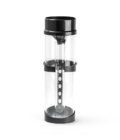
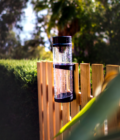
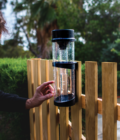
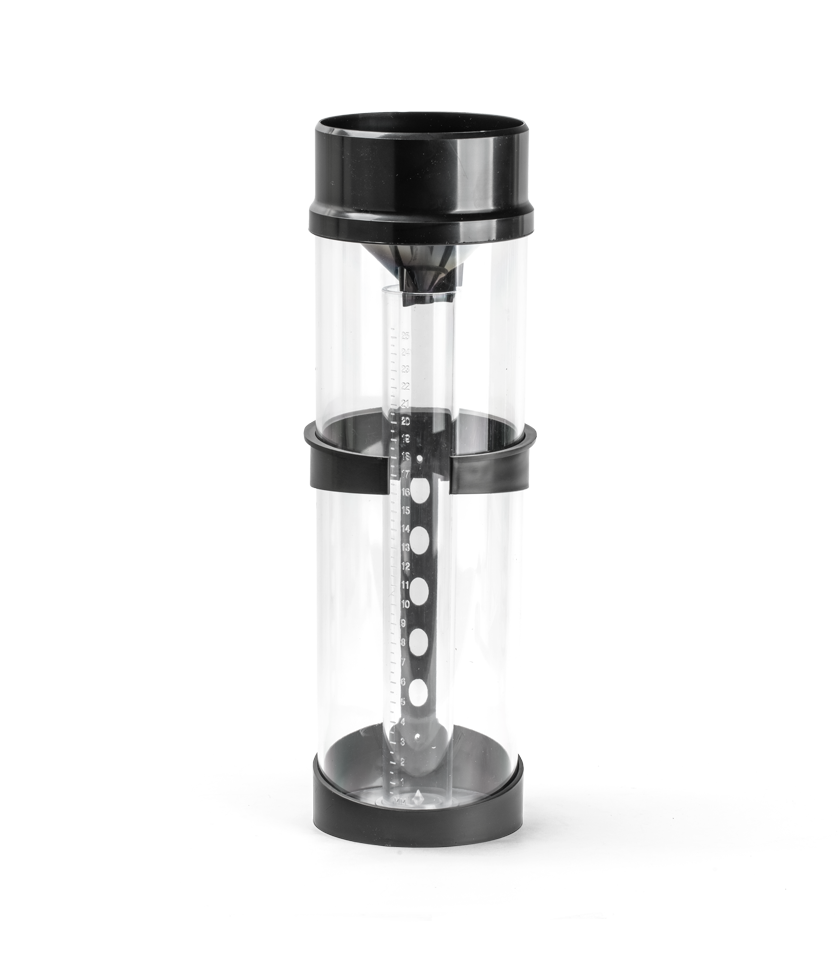
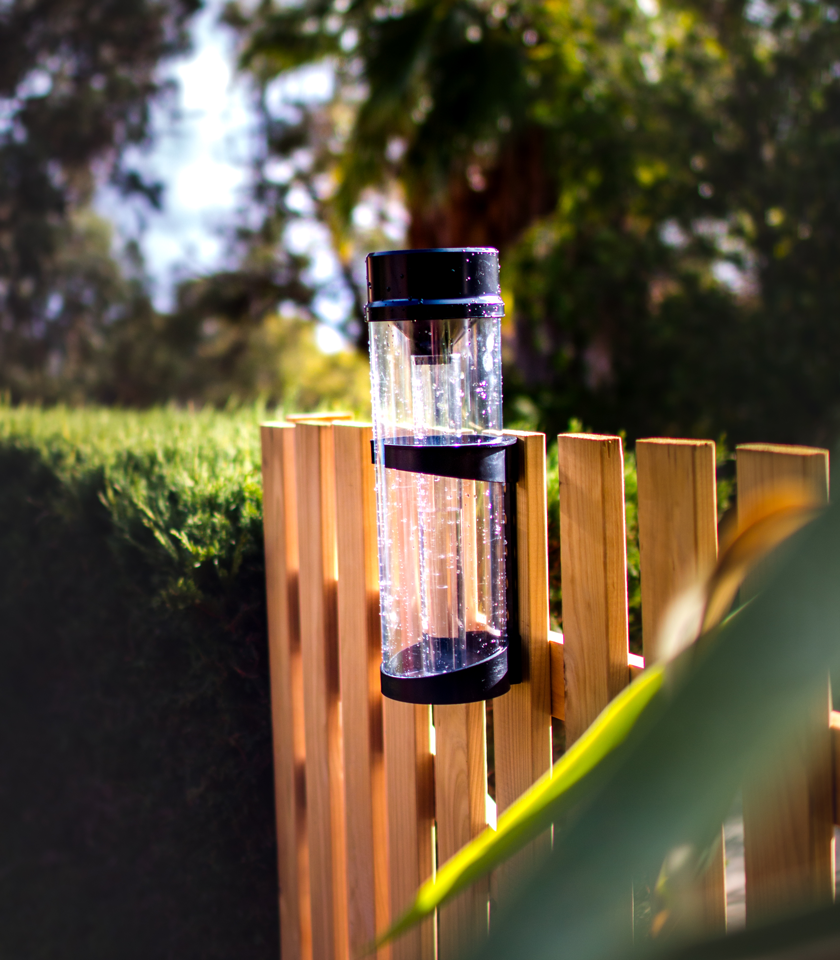
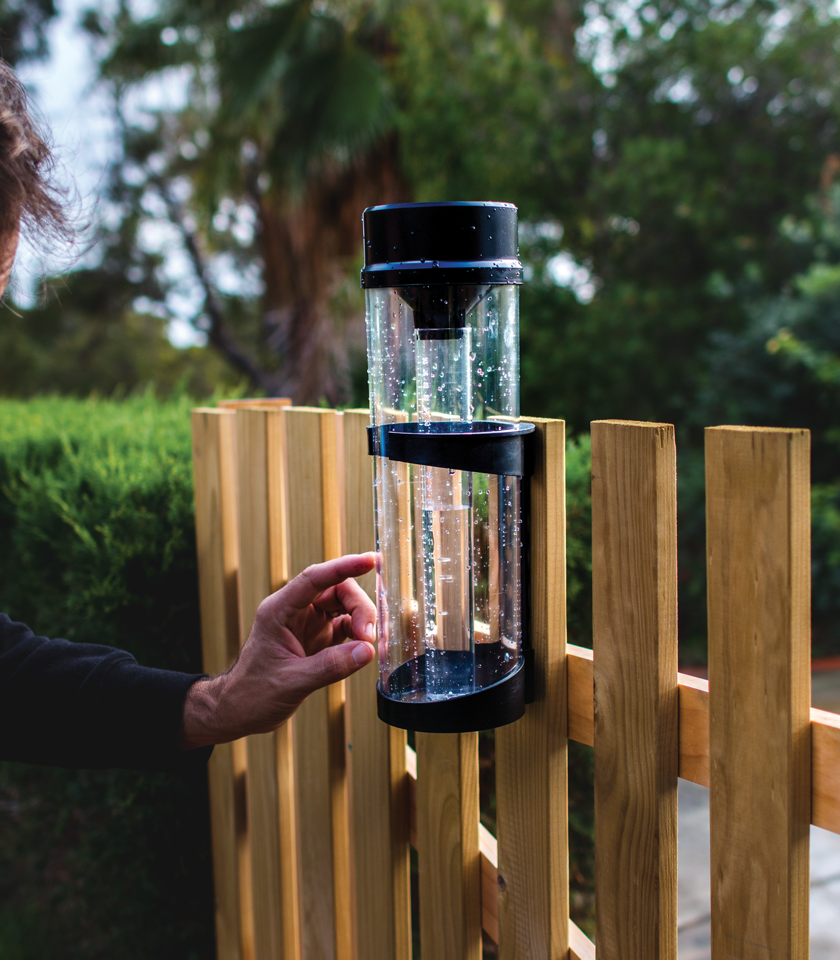


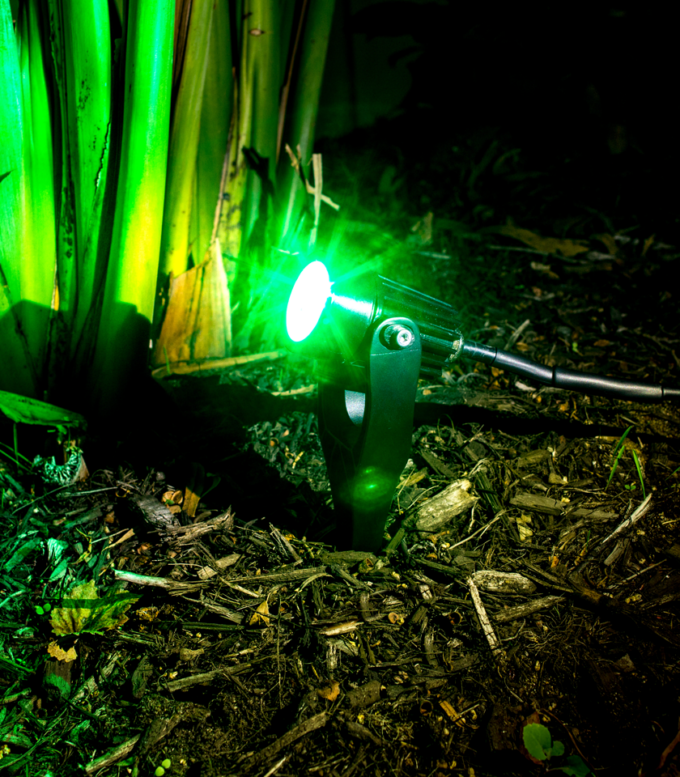
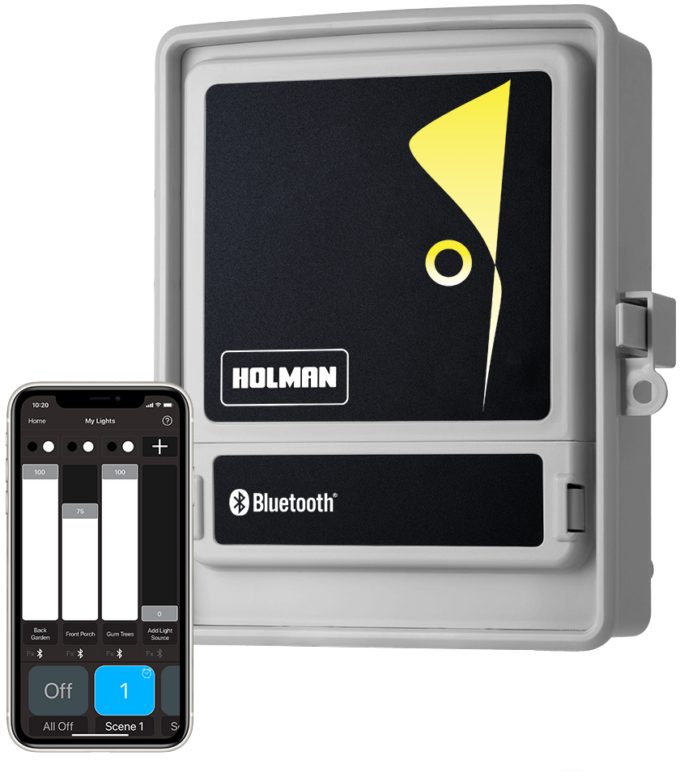
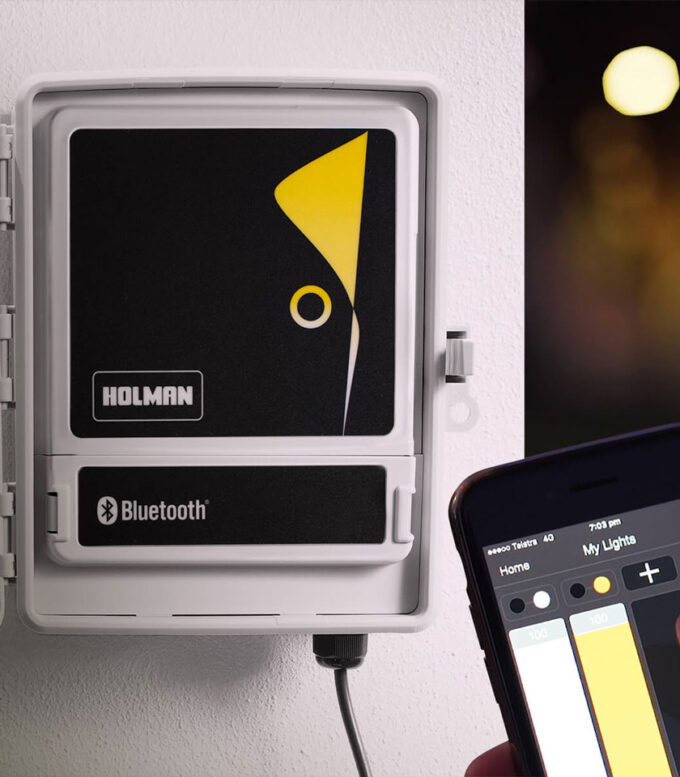
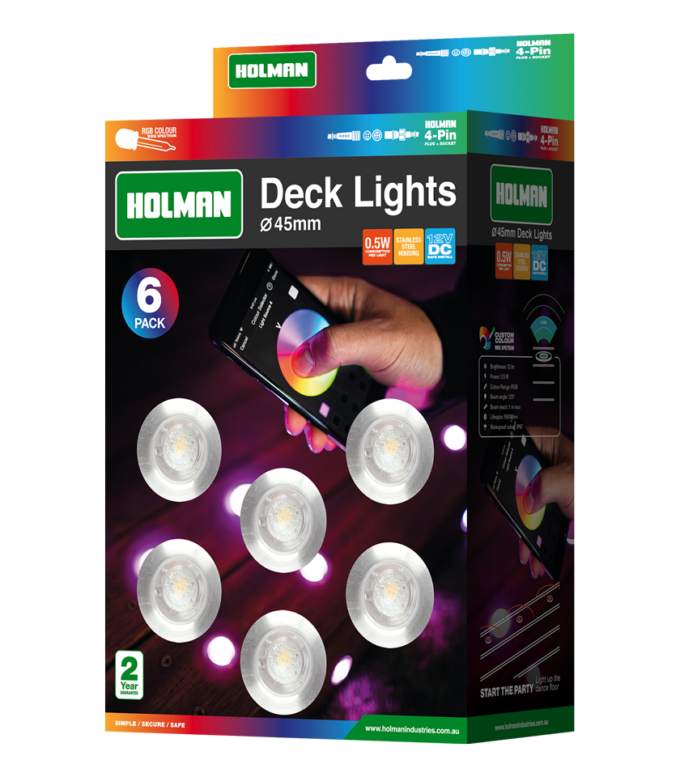

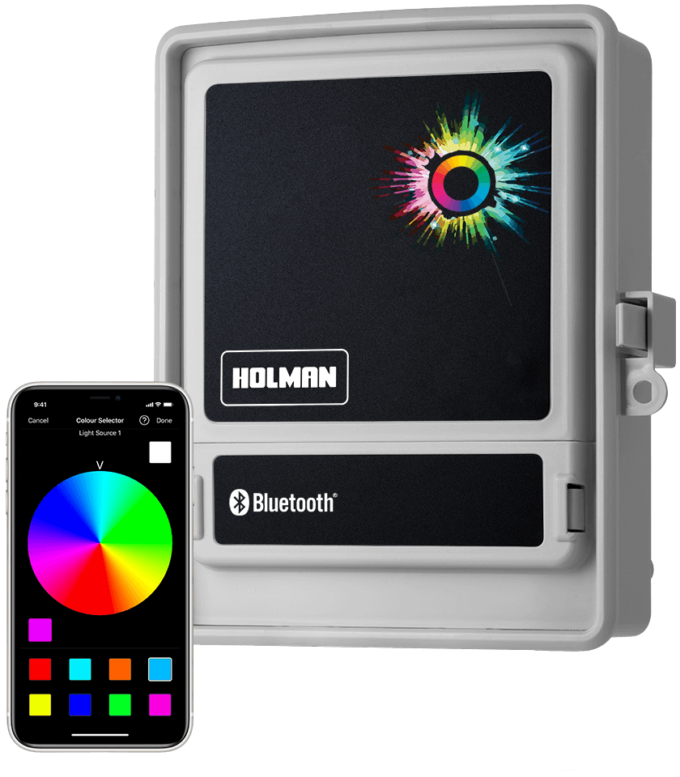
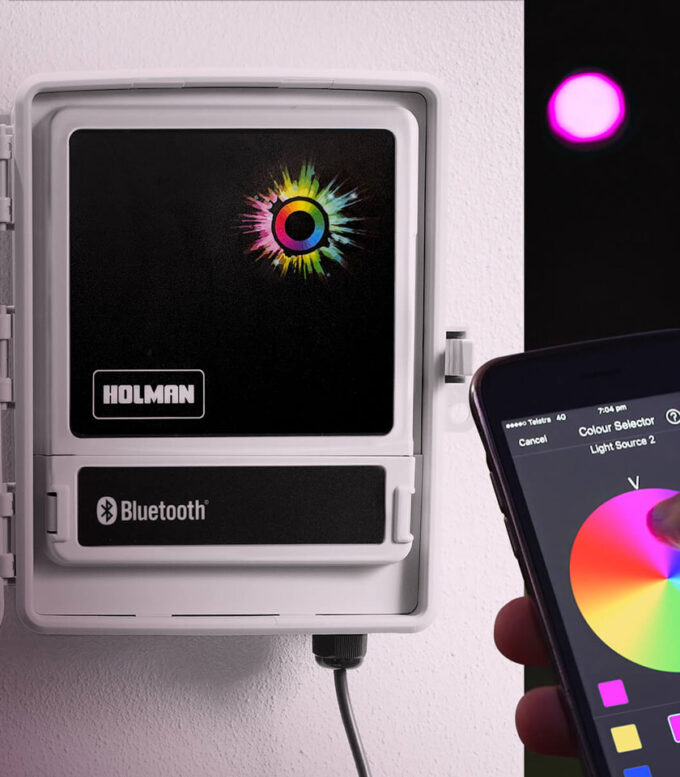
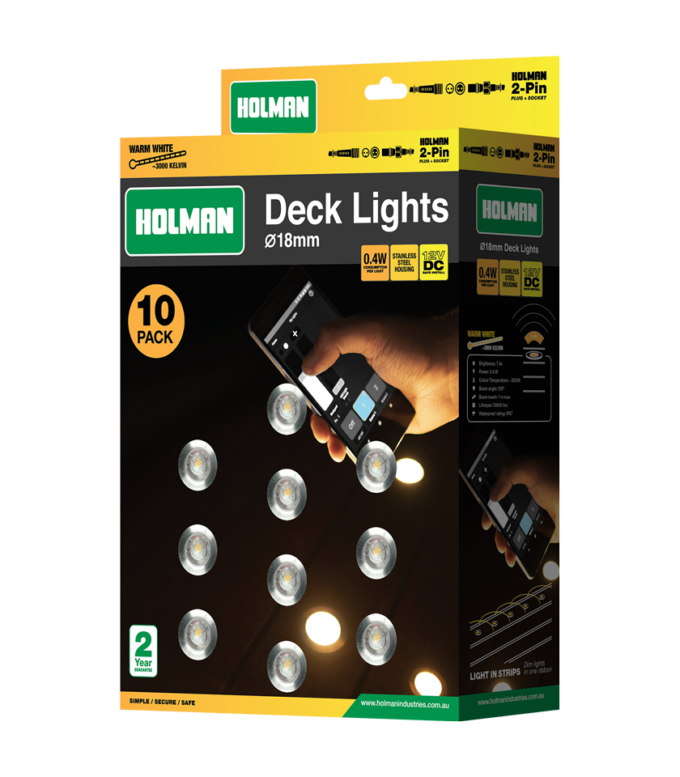
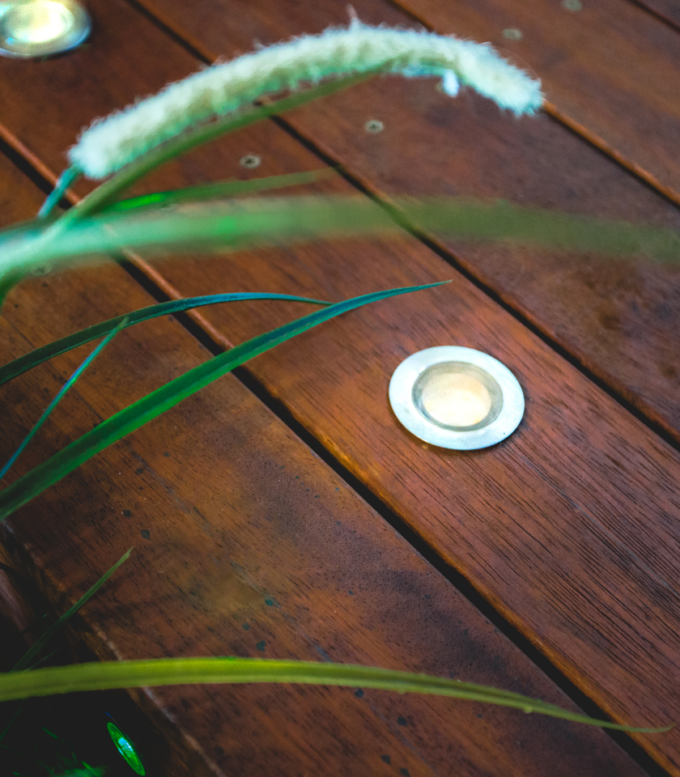
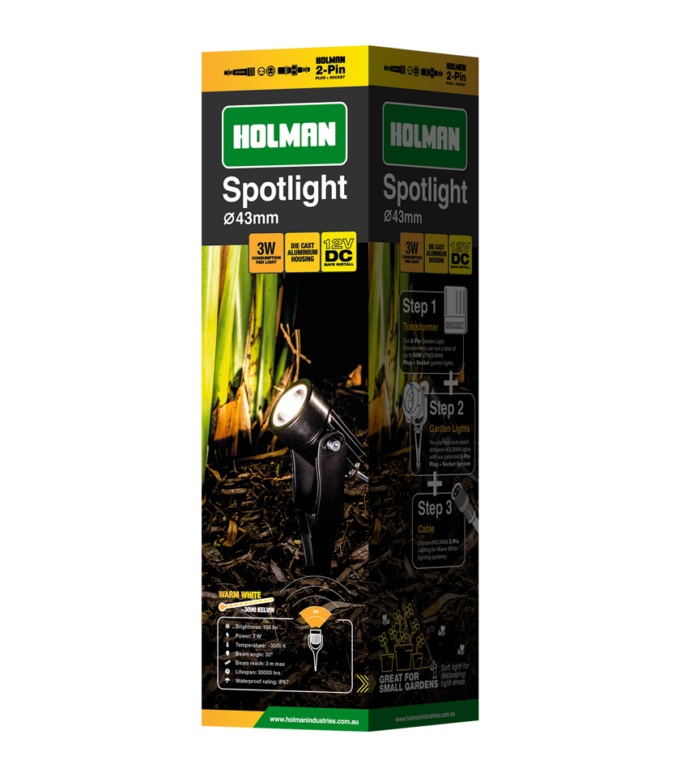
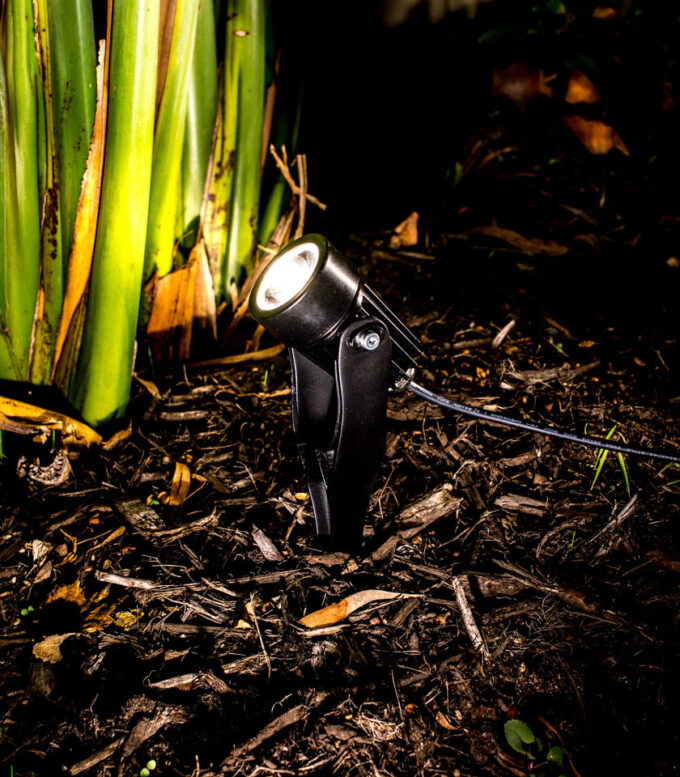
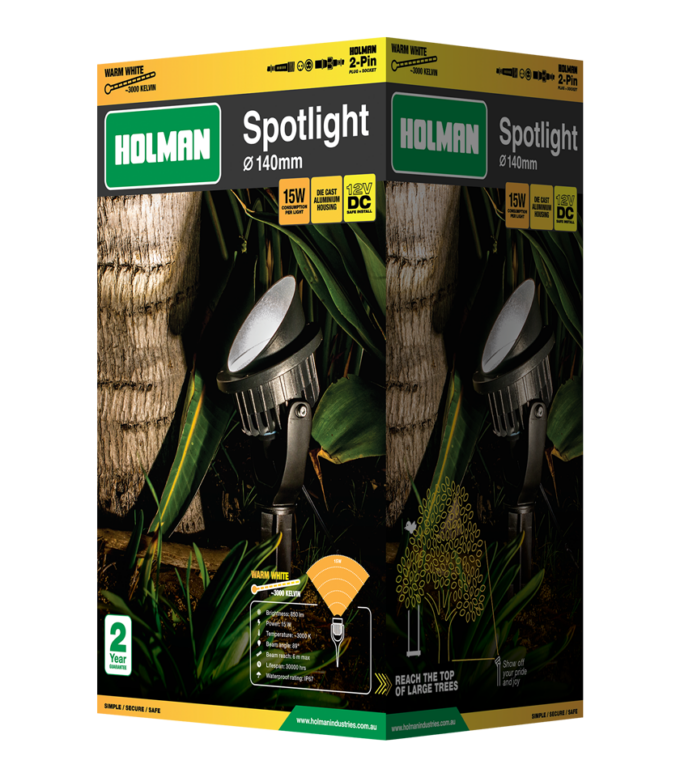
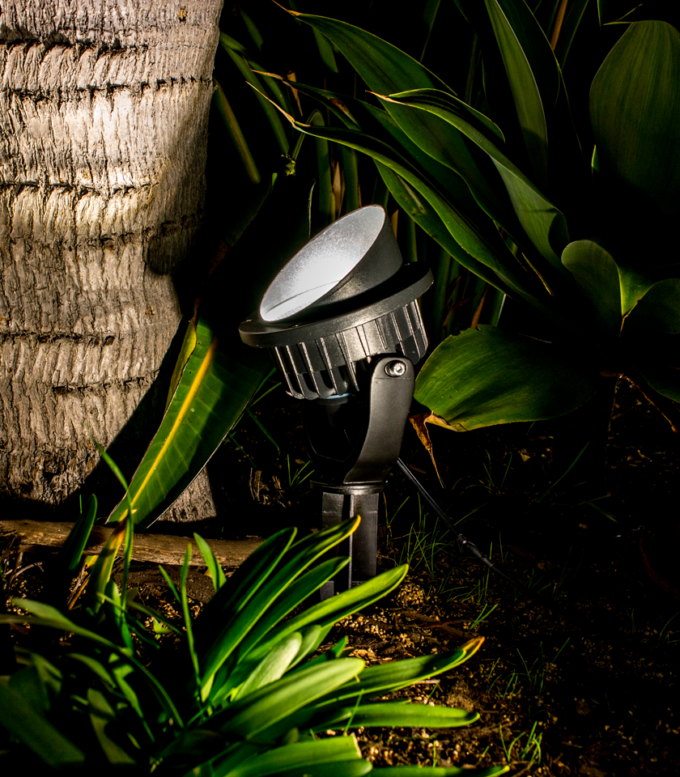
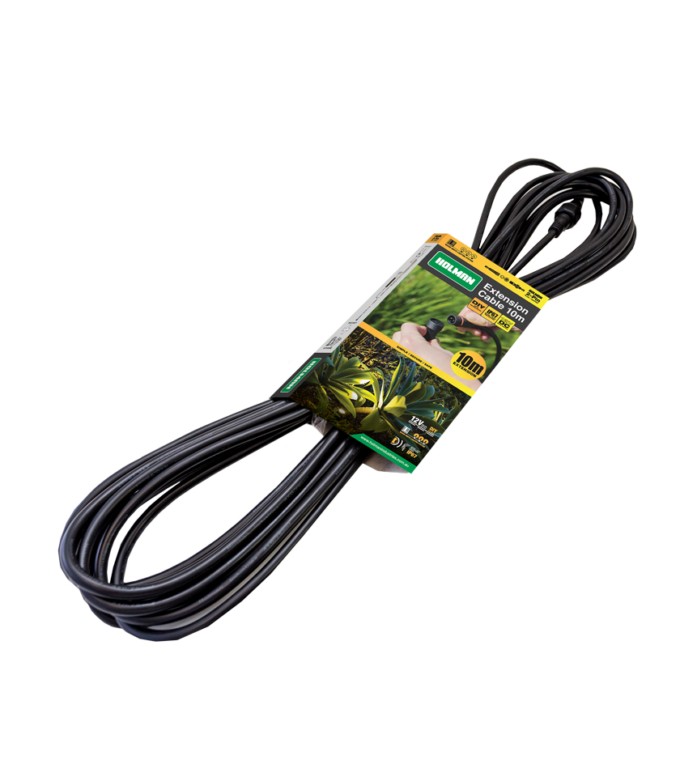
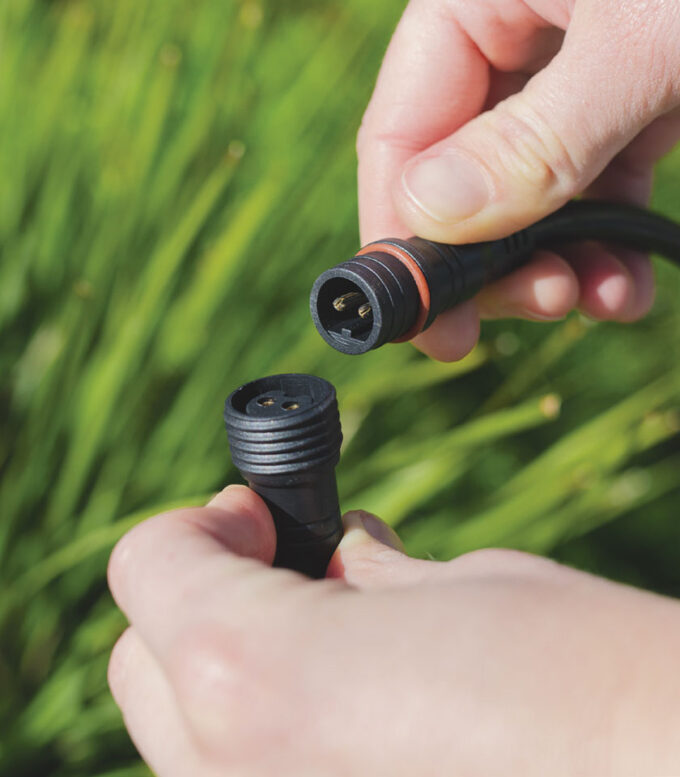
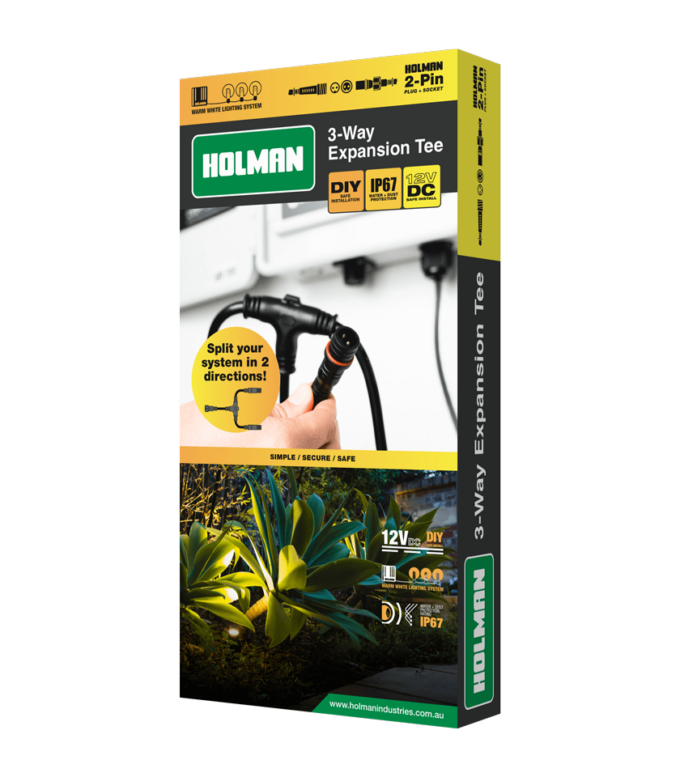
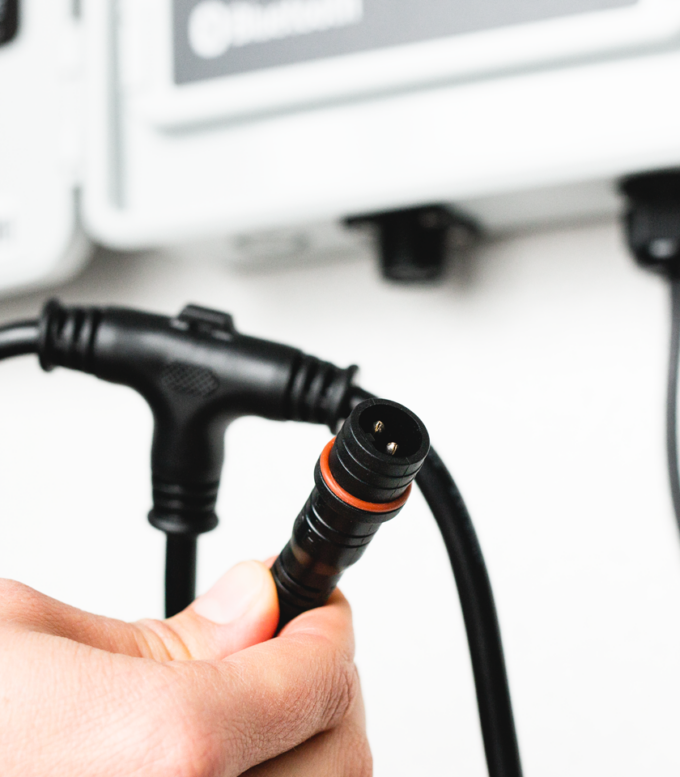
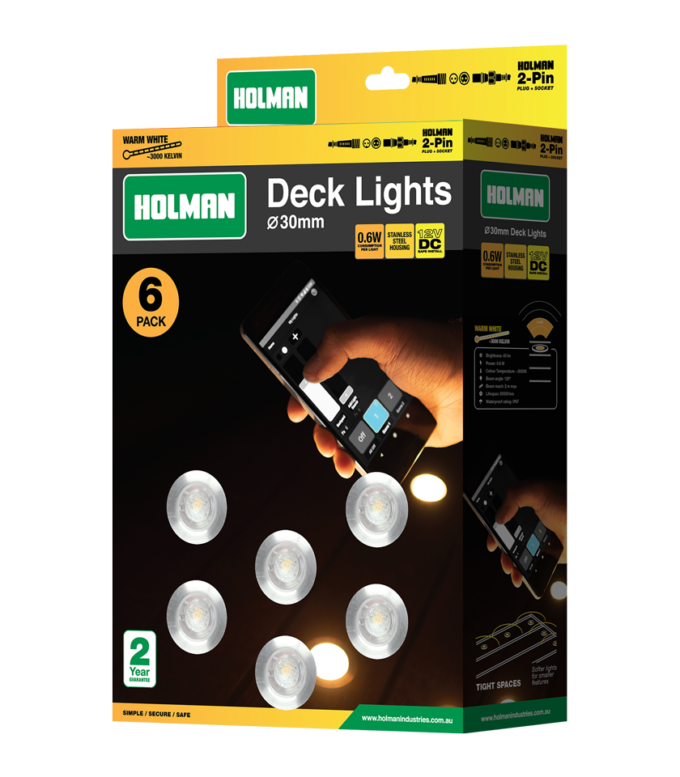
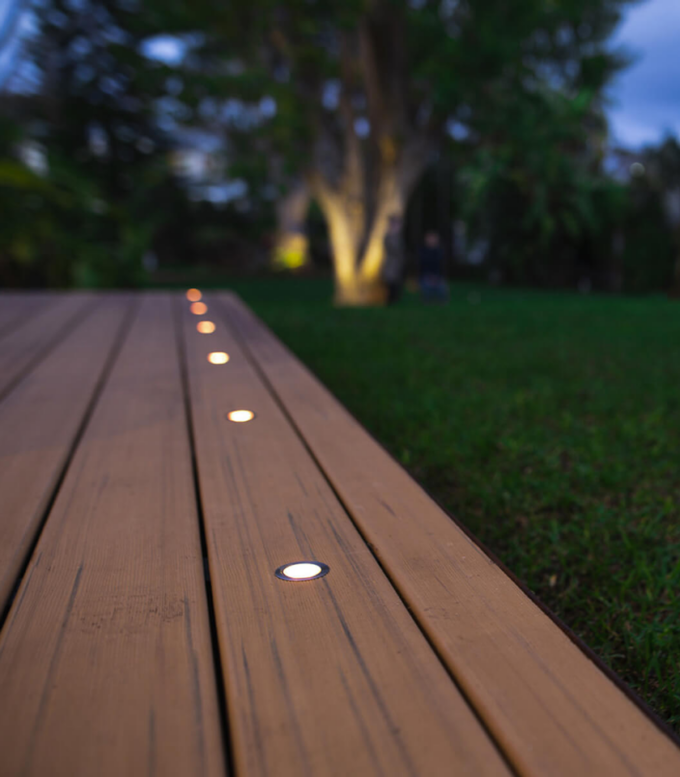
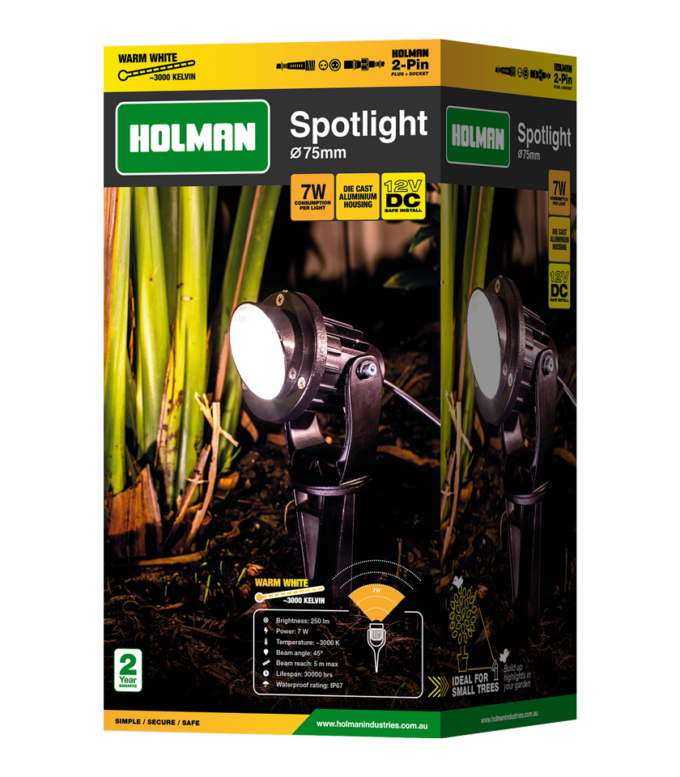
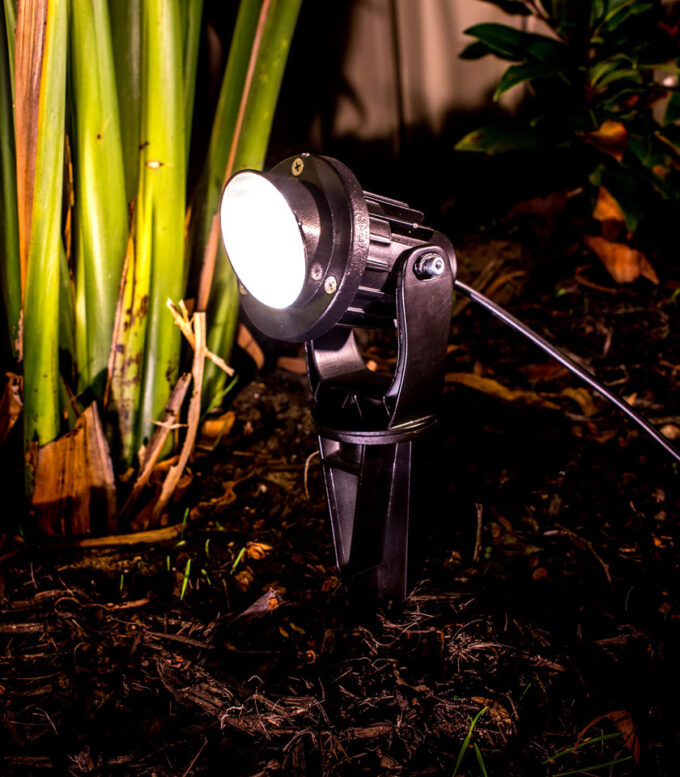
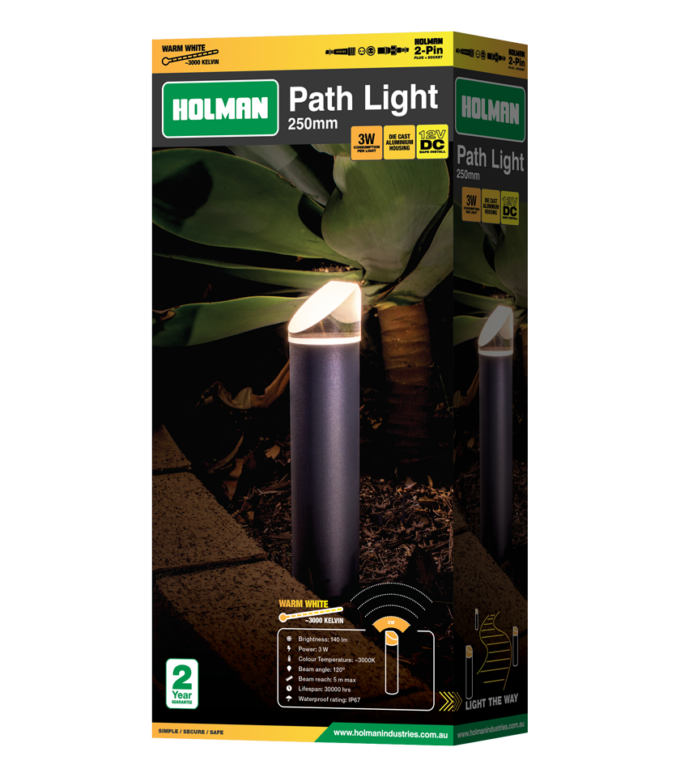
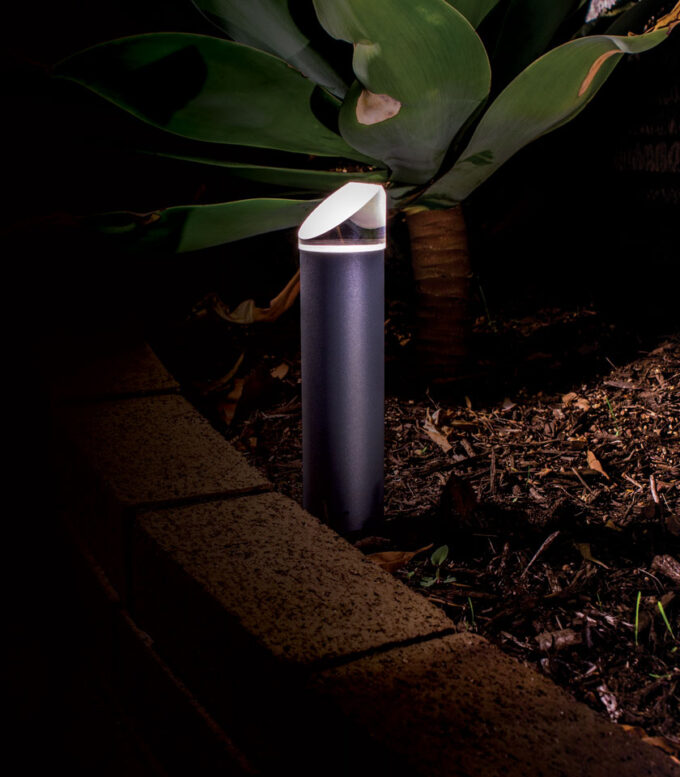
 No products in the cart.
No products in the cart.